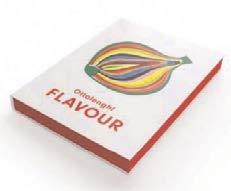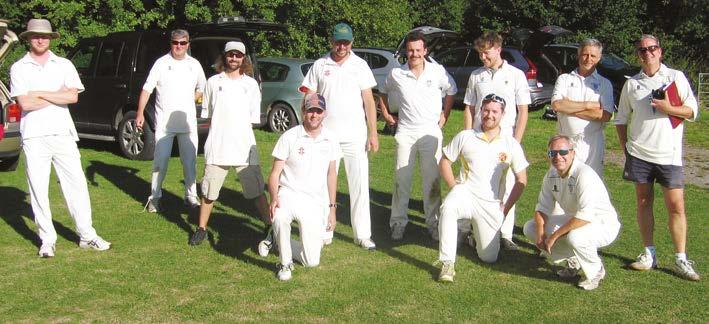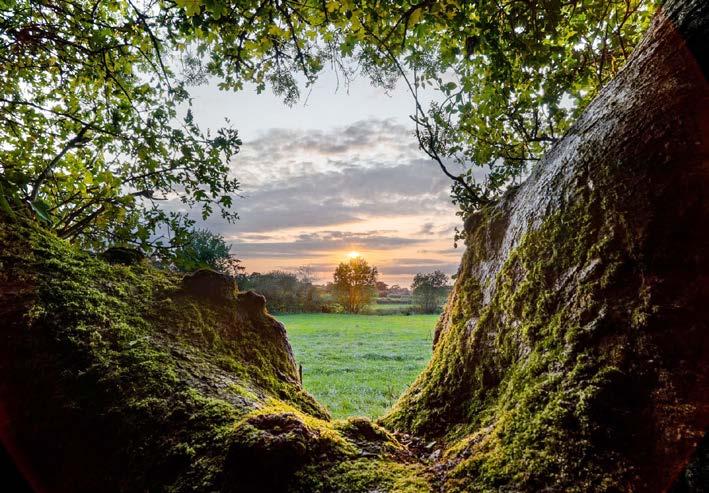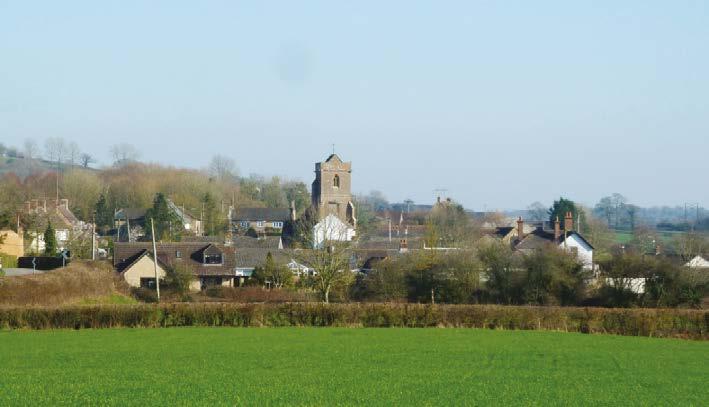
5 minute read
Beer Hackett
BEER HACKETT REP: John Parker johnwincanton@gmail.com DISTRIBUTOR: Susan Ferdinand
Photo: John Parker
Advertisement
News from St. Michael’s Church
In July this year we were surprised and delighted to hear that the late Rev. Michael Anderson (who died in April 2019) had left our parish a generous gift of £500 in his will.
As well as Michael’s dedication to the Gifle Valley and, subsequently, the Three Valleys Benefice, Michael worked especially hard and effectively for our parish and we do miss him.
Coincidentally just after receiving the gift, a parishioner suggested how helpful it would be to have a votive candle stand which could be used by people visiting the church for private prayer and contemplation (Wednesdays and Sundays, 10.00am – 4.00pm).
Our PCC decided to use some of Michael’s gift for this and John Atyeo from Beer Hackett has designed and supplied a simple but elegant and practical stand which holds up to twelve candles.
We intend that Rev. Tony Gilbert will dedicate this stand at a Sunday service soon, date to be advised, should any of the many local people who knew and loved Michael wish to join us.
In the meantime, and in future, please feel free at any time to visit and light a candle with your prayer or reflection.
Sunday services will continue at 10.00am every three weeks on the
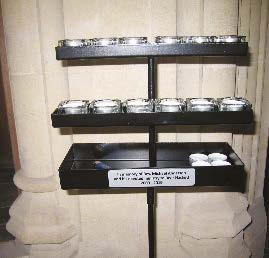
Gifle Valley cycle – Thornford, Bradford Abbas, Beer Hackett until further notice. For St. Michael’s, these will be on 8 and 29 November and so on. Please note that on 8 November, our short service of remembrance will begin at 9:30 am.
Our Annual Parochial Church meeting took place as planned on Friday 2 October. If you would like details, contact john.jt@btinternet.com
John Bingham
Selwyn’s Story – A Buzzard’s Life
Our love of falconry began many years ago when we first visited the Falconry Centre in Newent. We subsequently became members at our local centre, the Hawk Conservancy in Andover, where we enjoyed a working holiday spending time with the staff and sharing their passion for birds of prey. We did various courses and wanted to become more involved but as we were working full-time, it was impossible to commit enough time to flying a bird of our own. It was then that the idea of involvement with young or injured birds came about. We built a small aviary and the first birds we looked after were four baby kestrels, followed by four tiny tawny owls, fallen from nests. The kestrels grew quickly and were soon ready for release. We opened the hatch in the aviary and away they went. It was a very rewarding moment.
Similarly, the baby owls fledged, but they were ‘hacked back’ – we left food out for them each day to enable them to return to the wild more easily. Of the four, one returned every evening for about six weeks. Sometime later, we asked the Hawk Conservancy if there were any other birds in need of care. We were offered an elderly Lanner falcon and after a pause at our end, we agreed, but said (with a nod to Jaws) “We’re gonna need a bigger ... aviary”. So we built one. Over the years, this housed a succession of falcons, and eventually a pair of buzzards – Selwyn the male, and Cleo his mate. Selwyn was originally a ‘pet’, kept in a small garden shed, until he was rescued and moved to the Hawk Conservancy. He was paired up with a female buzzard that had been injured in a road accident. They bred successfully for several years but, once their efforts to produce offspring ceased, they needed to be re-homed, and that was where we came in.

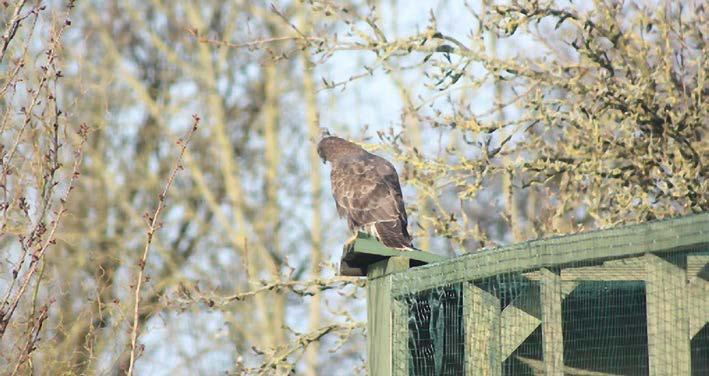
A wild buzzard pays Selwyn a visit
We were told that it was likely they would outlive us; although buzzards live around 12 years in the wild, they can actually survive much longer in captivity.
After a year or so, sadly we had to have Cleo put down as she developed septic arthritis in the previous leg wound. Selwyn was lonely, so the Hawk Conservancy offered a young male road casualty to share his aviary – he had lost his tail feathers and needed these to regrow before he could be released back to the wild, near where he was found. This new introduction was a disaster as they were aggressive towards one another. We gave him back before one injured or even killed the other!
One of the difficulties in keeping a buzzard is persuading neighbours to feed them when you go on holiday. Many are happy to feed a cat, but a buzzard is a bit different. Similarly, when we relocated from London at the end of last year, moving Selwyn had to be carefully planned. Luckily, we knew a local falconer who could foster him for a couple of months whilst we set about building an aviary. This was hampered by the appalling weather earlier this year, but by February it was ready, and Selwyn joined us in Beer Hackett.
Selwyn the Buzzard is now 28 and resides on his own but, instinctively, every spring he builds a nest from twigs we provide for him. He has always been a good “guard-dog” and issues a warning cry if unknown people approach his territory. He dislikes washing hung out on the line and red kites!
We know if there is a wild buzzard nearby as he calls to them; if a kite happens to fly overhead, Selwyn veritably shouts at it. We have been delighted some mornings to see wild buzzards sitting atop his aviary, but although each shows curiosity there is no aggression.
And, as Selwyn has his food delivered every morning, there is no need for him to fly. As an older bird he is susceptible to a touch of arthritis but during the winter we augment his usual diet with a little beef or tasty road kill rabbit, so he is content in his forever home, to sit and watch the world go by.




